Sources
| | This Danish biographical article is a stub. You can help Wikipedia by expanding it. |
Thomas Brock (died 23 March 1745) was the second of four Opperhoveds to run the Danish Gold Coast in 1745. He served the shortest period of time, from his arrival on March 11 to his death twelve days later. He would have governed from the then-capital of Fort Christiansborg.
| | This Danish biographical article is a stub. You can help Wikipedia by expanding it. |
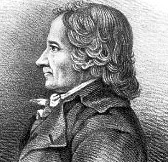
Johan Christian Fabricius was a Danish zoologist, specialising in "Insecta", which at that time included all arthropods: insects, arachnids, crustaceans and others. He was a student of Carl Linnaeus, and is considered one of the most important entomologists of the 18th century, having named nearly 10,000 species of animals, and established the basis for the modern insect classification.

The House of Glücksburg, shortened from House of Schleswig-Holstein-Sonderburg-Glücksburg, is a Dano-German branch of the House of Oldenburg, members of which have reigned at various times in Denmark, Norway, Greece and several northern German states.

Jens Juel was a Danish painter, primarily known for his many portraits, of which the largest collection is on display at Frederiksborg Castle. He is regarded as the leading Danish portrait painter of the 18th century.

Marienborg, a mid 18th-century country house perched on a small hilltop on the northern shore of Bagsværd Lake, Lyngby-Taarbæk Municipality, 15 kilometres (9.3 mi) north of downtown Copenhagen, has served as the official residence of Denmark's prime minister since 1962. It is frequently used for governmental conferences, summits and other official purposes, including the prime minister's new year speech. Unlike the residences of many other heads of government and state, Marienborg does not serve as the government headquarters or contain the office of the prime minister. The Prime Minister's Office is instead located in Christiansborg on Slotsholmen in downtown Copenhagen. Marienborg was listed on the Danish registry of protected buildings and places in 1964.

Carl Gustaf Pilo was a Swedish-born artist and painter. Pilo worked extensively in Denmark as a painter to the Danish Royal Court and as professor and director at the Royal Danish Academy of Art, as well as in his native Sweden.
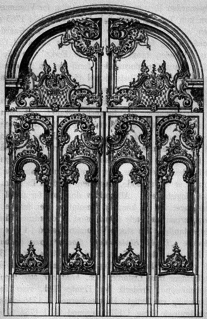
Nicolai Eigtved, also known as Niels Eigtved was a Danish architect. He introduced and was the leading proponent of the French rococo or late baroque style in Danish architecture during the 1730s–1740s. He designed and built some of the most prominent buildings of his time, a number of which still stand to this day. He also played an important role in the establishment of the Royal Danish Academy of Art, and was its first native-born leader.
Elias David Häusser was a German-Danish architect working in the Baroque and Rococo styles. He is most known for designing the first Christiansborg Palace which was almost completely destroyed in a fire in 1794. Häusser is credited with introducing both those styles to Denmark.
Philip de Lange was a leading Dutch-Danish architect who designed many different types of building in various styles including Dutch Baroque and Rococo.
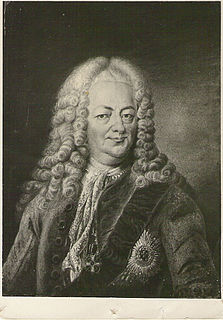
Iver Eriksen Rosenkrantz was a Danish statesman and landowner.
Events from the year 1808 in Denmark.
Events from the year 1811 in Denmark.
Events from the year 1818 in Denmark.
Events from the year 1819 in Denmark.
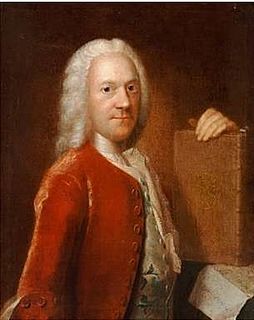
Jakob Langebek was a Danish historian, linguist, lexicographer, and archivist.
Events from the year 1792 in Denmark.
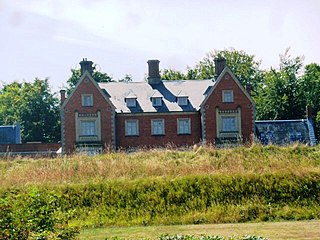
Enrum is a listed mansion on Strandvejen in Vedbæk, Rudersdal Municipality, some 20 kilometres north of Copenhagen, Denmark. The history of the property dates back to 1731 but the current main building was built in the 1860s to a design by Johan Daniel Herholdt. Enrum is today owned by nemlig.com founder Stefan Plenge.
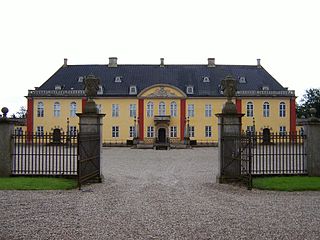
Ledreborg is a palatial mansion near Lejre, 12 km (7.5 mi) to the southwest of Roskilde on the Danish island of Zealand. Today's Baroque building was completed in 1746 by Minister of State Johan Ludvig Holstein (1694–1763) who commissioned J.C. Krieger to carry out the work.
Dorothealyst is a listed, Neoclassical house situated 10 km southwest of Holbæk in Holbæk Municipality, Denmark.
Tersløsegaard is a manor house located close to Dianalund, Sorø Municipality some 60 kilometres southwest of Copenhagen, Denmark. It was owned by Ludvig Holberg from 1745 to 1756. He left it to Sorø Academy and it has now been converted into a self-owning foundation and contains a Holberg exhibition. The main building is listed. The main building was listed on the Danish registry of protected buildings and places by the Danish Heritage Agency on in 1918.

Johan Lorentz Carstens was a Dutch-Danish landowner who was ennobled.